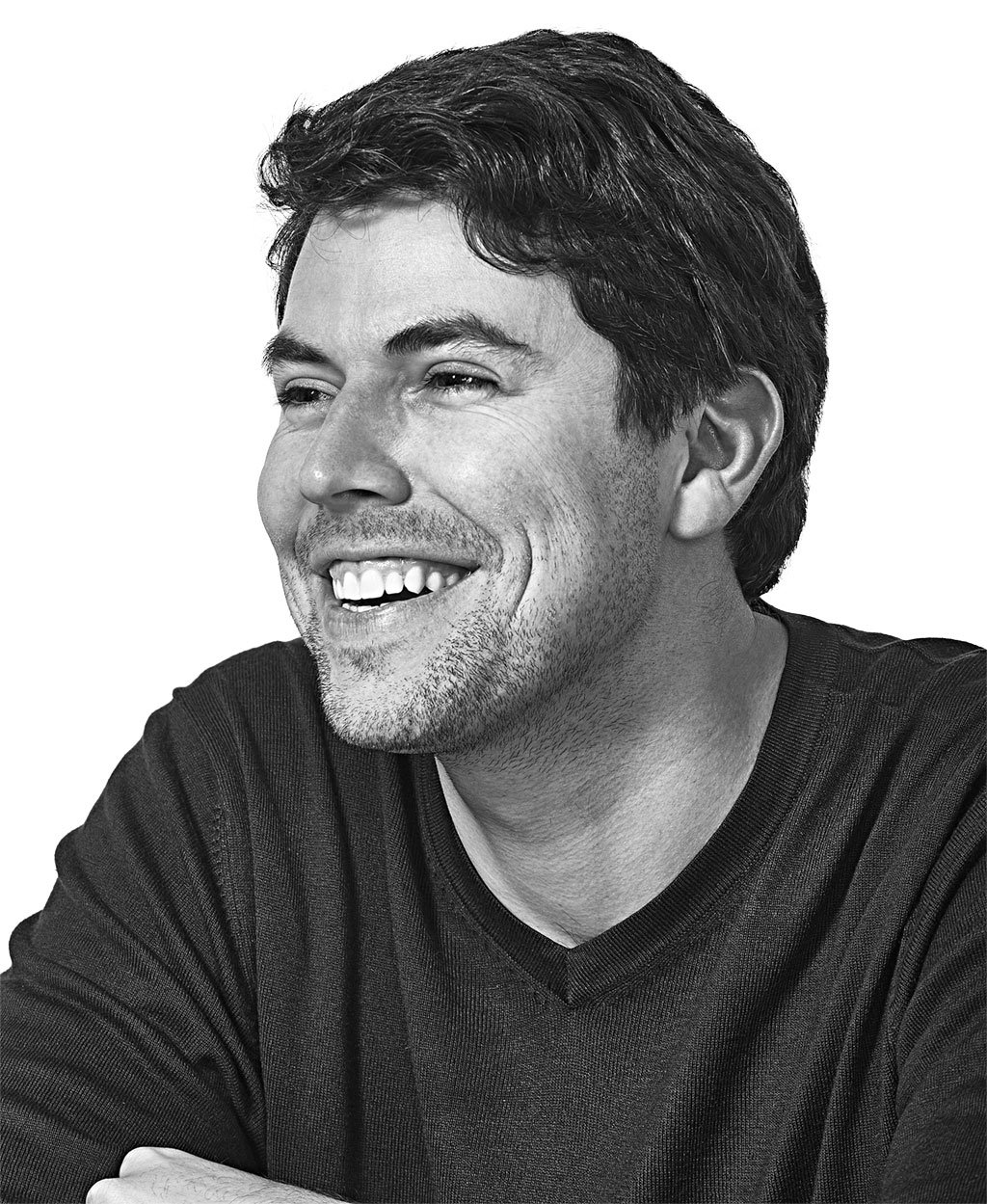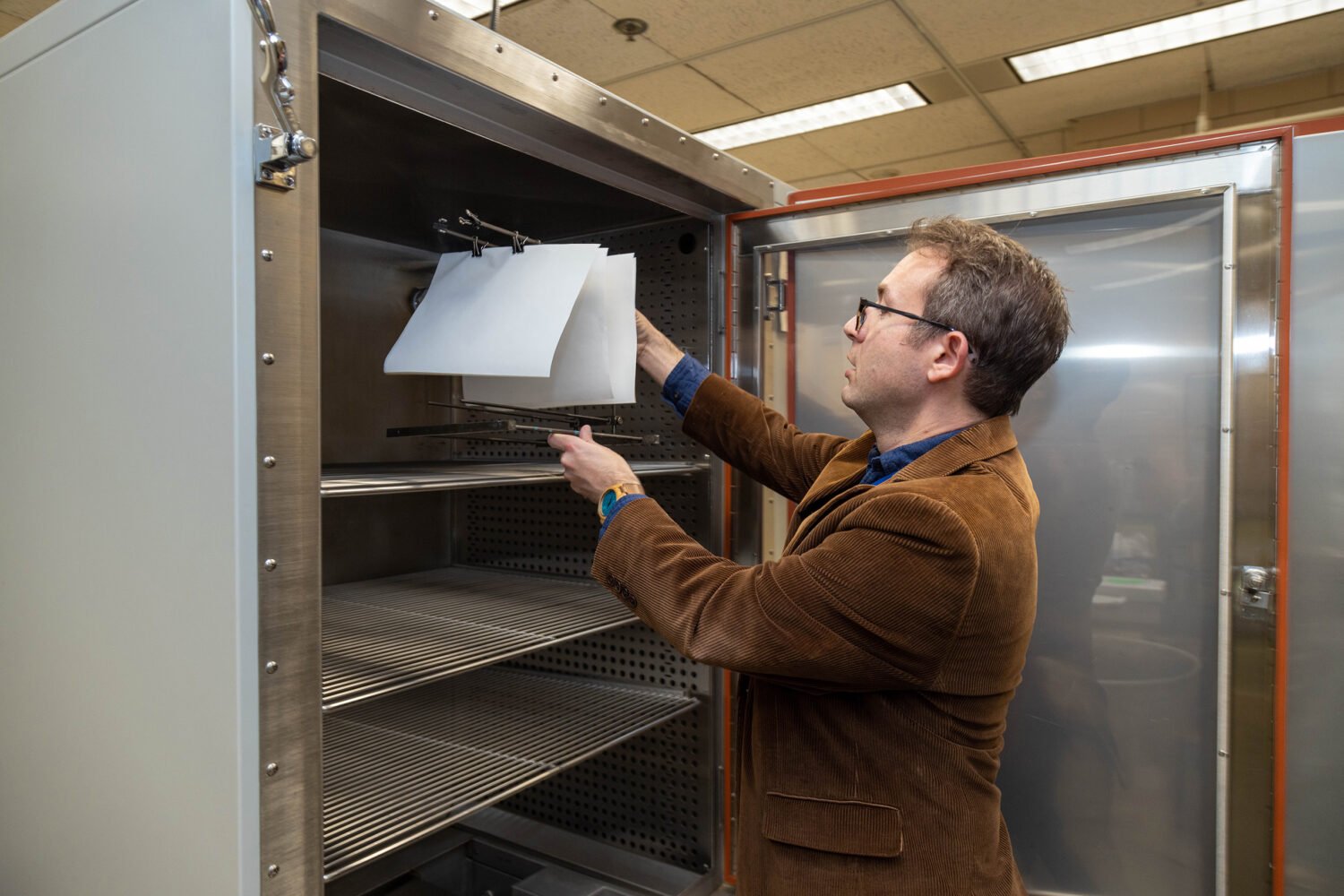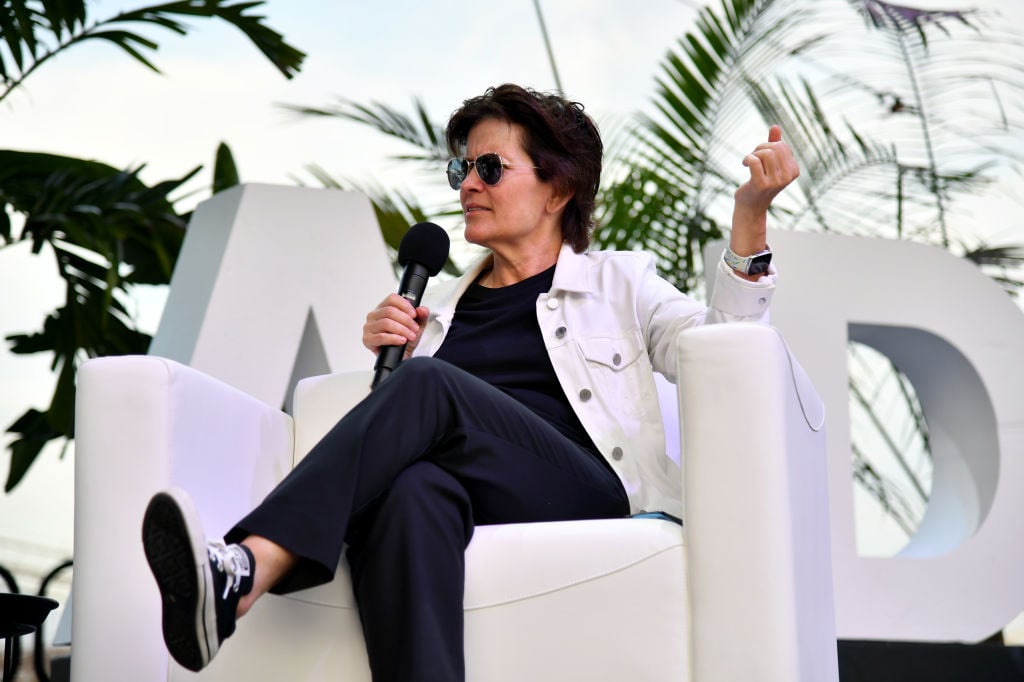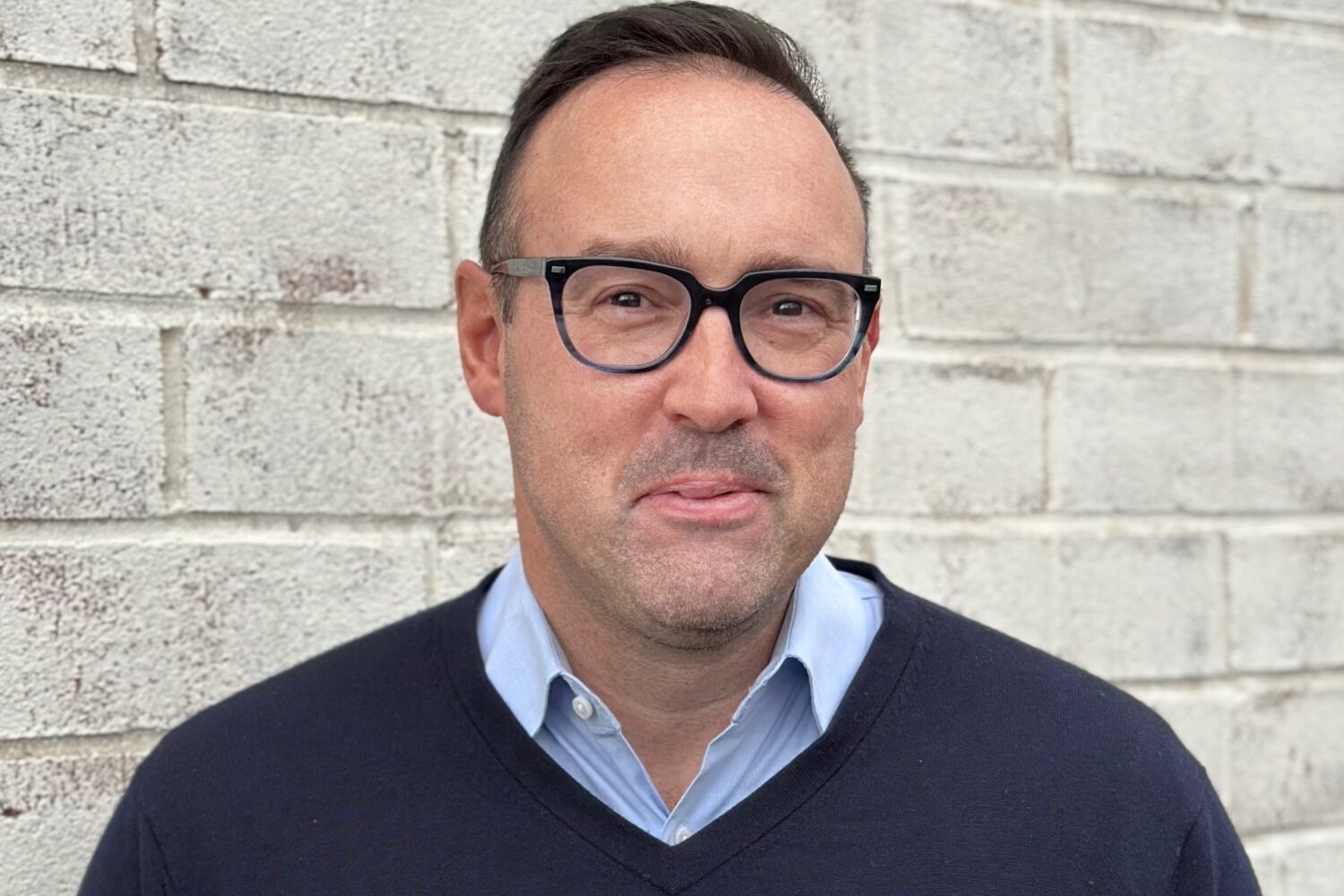How you view the success of Alex Skatell and his four-year-old, suddenly ubiquitous Independent Journal Review depends on how you look at them. On Twitter, the 29-year-old South Carolinian and former Republican digital aide shows up as a social-media savant who has perfected the breathlessly clickable headline. Visit Independent Journal’s home page or its Vine and you’ll find hoary political set pieces—Obama-baiting columns or a video of senators Lindsey Graham and John McCain, posing as the Muppet Show hecklers and spoofing Donald Trump.
At the headquarters of his Media Group of America in Alexandria—two starkly chic brick-walled floors off King Street—Skatell is the picture of a modern-day digital mogul, his notional beard, flapping shirttails, and courtly manner only momentarily concealing the vociferous internet idealist. Journalists generally operate in just one mode—true believer, political cynic, or audience-boosting mechanic. Adopting all three at once, Skatell has pushed Independent Journal into the nation’s top ten mobile news sites, with some 30 million monthly readers. What he wants to do next will astonish you.
Every website has its creation story. What’s yours?
In college at Clemson, I started a site called the Nuws—the slogan was “We changed news to add u.” But really it goes back further. I was always fascinated with the news. When I was growing up, the one time we wouldn’t talk in my house was when we watched NBC Nightly News. And I was kind of a nerd, interested in the latest technology.
At Clemson, I had this idea that in the future, news would look different. It wouldn’t come from institutions; it would come from individuals, and people would be their own publishers. It occurred to me that Facebook, with its massive traffic, was going to change how news is distributed. It’s the largest news site in the world. It’s hyper-local, and it has national news through national publications. So in 2012, I took what little money I had and began experimenting, posting stories from this website to a Facebook page. When it started to work, I hired a friend from back home.
Now, millions of page views later, you’ve cosponsored a presidential primary de-bate with ABC News, have teamed up with Rock the Vote, and are creating new websites and apps. What did you figure out that nobody else had?
That the front page for most Americans is their mobile phone—their e-mail in-box, their Twitter feed, their Facebook page. I made a bet in 2012 that those were going to be the home page, and for us the focus is those feeds.
How does that change the news?
Readers can follow one person. The way the media is structured today, it’s like a record company that makes you subscribe to every artist they’ve signed. Publishing companies say, “Our brand is worth this because we have all these great, talented reporters.” But the walls of distribution have come down. You see more journalists going out and creating their own brand, trying to do this on their own.
The only reason good reporters still work for big media companies is the monetization. No one’s built a marketplace where people can write about the things they’re passionate about and sustain themselves. That’s the missing piece. Solve that and the whole thing changes.
And you have a plan?
We’re working on it.
Meanwhile, you’re making money, but you’re not doing it with big-name talent.
We’ve been very smart about how we use data and are thoughtful about listening to our audience. We look at what our audience wants by what it’s sharing, what engages people. Your reporting and how you approach your stories reflects that feedback.
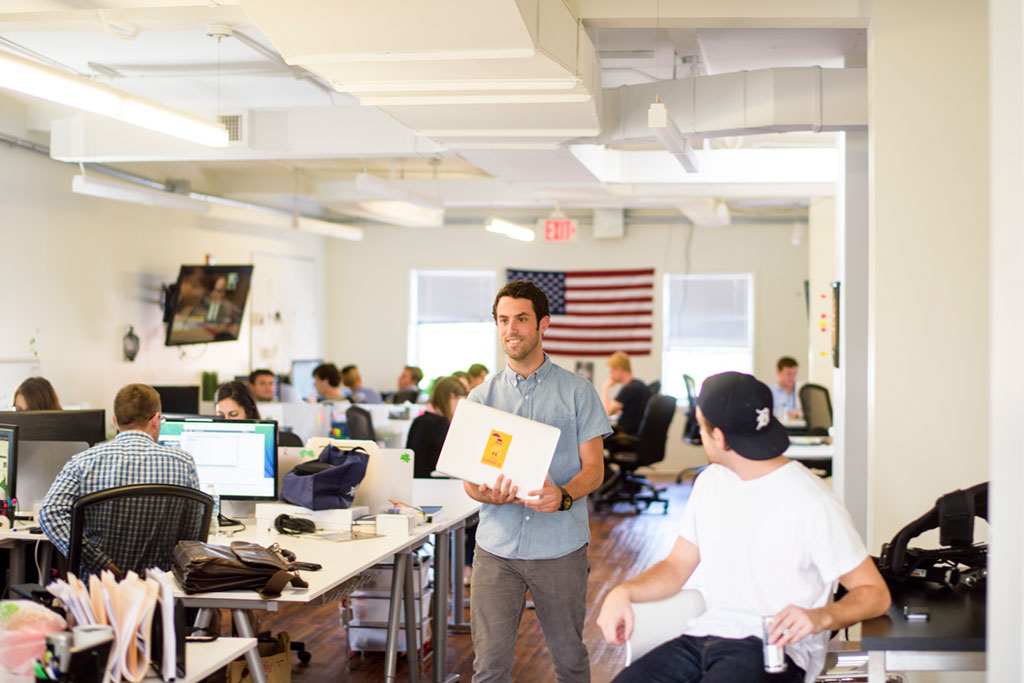
But isn’t that the problem with the way the web has taken over news distribution? Chasing clicks seems to bring the quality of journalism down.
It depends how sophisticated you think your readers are. If your readers are sophisticated, they’ll spend longer on interesting articles. Listening to your audience isn’t just how many clicks you get.
Granted, but you’re still getting paid primarily by the click.
That’s one of the big challenges I hope we’ll overcome in the next five or ten years. The biggest challenge facing journalism right now is that the marketplace doesn’t differentiate between types of content. I may read a deep dive from a writer, the most interesting thing I’ve read the entire month. But five pictures of Hulk Hogan at his privacy trial will get four times the hits and make 100 times as much money.
It’s like at the supermarket, filet mignon costs less than ground beef. If you’re a niche reporter who writes on an important topic, how do you make a living? How many people look at the writer’s background or expertise?
That’s all true, but the fact remains I’m here to interview you because your site wields monster traffic.
It’s really because we’ve learned how to build audiences in a different way. We’re adapting storytelling in a way that works for people today. We get a ton of views on Vine, these six-second videos. That’s the extent of a lot of people’s attention spans on Twitter, so our team tries to tell a political story in six seconds. That’s why we’ve been successful more than anything. Younger people especially are distrustful of institutions. They trust experience. Just show me what’s happening. I’ll make my own decision. That’s what a lot of Americans are asking for.
But it’s not just any experience. Independent Journal is presenting a conservative viewpoint for these younger people.
I think it’s been unfair labeling. When I started the company, I had been the digital director at the Republican Senatorial Committee. It was convenient to say we were the website for conservatives. That’s not our mission. It’s to help people experience the news.
You don’t think the average reader would come away thinking the authors of this site are conservatives?
I think someone who is liberal probably would.
What about your video series about the police, Blue Lives Matter? It’s pretty clearly a reaction to Black Lives Matter, which is a huge liberal cause right now.
That has nothing to do with race. Police officers of all different races are on the line. We’re showing another side of the story from the perspective of a group that’s being bullied. That’s what news organizations do. We’re asking, “What is really happening here?”
We did the same thing in Charleston after the shooting [at Emanuel AME Church]. I’m from there, and I knew after that shooting that it wasn’t going to be like other cities. We wrote a story about a well-known gospel musician who prayed for the killer. Three days later, we had 10 million views on that post. Three days later, many of the families forgave that shooter in court. It was one of the most healing moments in the last 20 years in race relations. It wasn’t a month later that the [Confederate] flag came down [at the South Carolina capitol].
We’re not here to tell you what the press corps is talking about or what you think the narrative should be. It was a very controversial post, but it was how the community was actually reacting. It doesn’t make us liberal or conservative.
The most convincing proof of that is your use of mobile phones to open the political debate to anyone on a device.
When we worked with ABC on the debate, we had a second screen experience called Cheeralong that allowed you to react in real time as you’re watching, like [pollster] Frank Luntz’s dial test. You could “clap” slow or fast—the faster you tap, the more excited you are, and you see on the television what everyone is feeling. You can filter it to show just the people who live in your state or just your friends. How do they feel about what is happening right now? That made people feel like they were there in the audience. At home, you can have the same level of impact as people who were there.
The same community spirit is behind your app, Shuffle.
Right. The main idea is that you have a network of people you trust and you can follow the stories they read—not just the stuff they share actively. What they are reading determines the feed. What are people nearby me, in my community, reading?
Don’t you worry about focusing so much on your audience in these brand-conscious times? Will there ever be a face of Independent Journal?
I want Independent Journal to be the face of every journalist, where they can be their own newsmaker on our platform and monetize their own audience on our platform. That’s the direction we want to go. There’s no face of YouTube, only YouTube creators who have figured out how to have interesting content. We want the best journalists to have a place to be able to carve out a niche, and we’ll make sure they’ll get credit for their work.
How?
To read it, you’ll have to pay for it. Journalism has real value, real impact on society. Readers are going to have to provide some value, besides looking at an ad.
This article appears in our May 2016 issue of Washingtonian.

